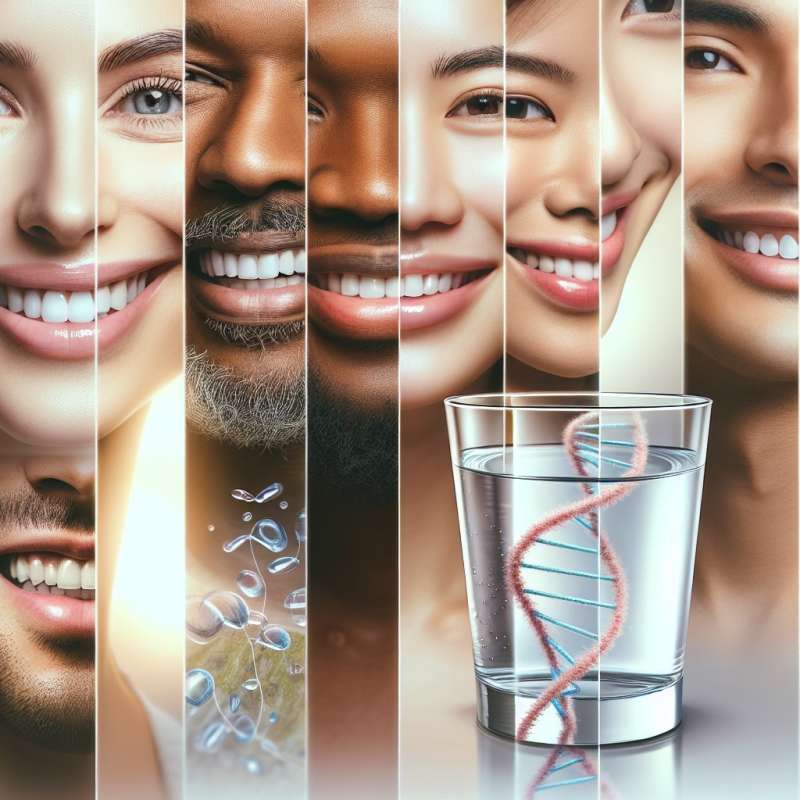
Defining Lip Fullness
Lip fullness varies among individuals and cultures. It's defined by the volume, structure, and contours. Genetics play a key role, but environmental factors like hydration also affect lip size.
Historical Lip Enhancement
Lip enhancement dates back to ancient times. The Egyptians used makeup to create the illusion of fuller lips. In the 1900s, surgical methods and injectable fillers began to evolve.
The Science of Full Lips
Full lips are often attributed to higher levels of estrogen, suggesting fertility and health. This biological perception might contribute to their attractiveness in societal standards.
Natural Lip Plumping
Capsaicin, found in spicy foods, can temporarily plump lips by increasing blood flow. Cinnamon oil and peppermint are also natural enhancers, causing a mild swelling and redness.
Hyaluronic Acid Fillers
Hyaluronic acid fillers are popular for lip augmentation. They attract water molecules, enhancing lip volume and shape with immediate results. The procedure is reversible and lasts 6-12 months.
Psychology Behind Full Lips
Fuller lips are often associated with youth and vitality. Psychologically, they can influence first impressions and are believed to enhance communication by drawing attention to speech.
Future of Lip Augmentation
Emerging technologies in regenerative medicine may offer longer-lasting, natural results. Research into stem cells and growth factors holds potential for the future of non-surgical lip enhancement.
What primarily defines lip fullness?
Volume, structure, and contours
Color and texture only
Environmental factors like sunlight
Company